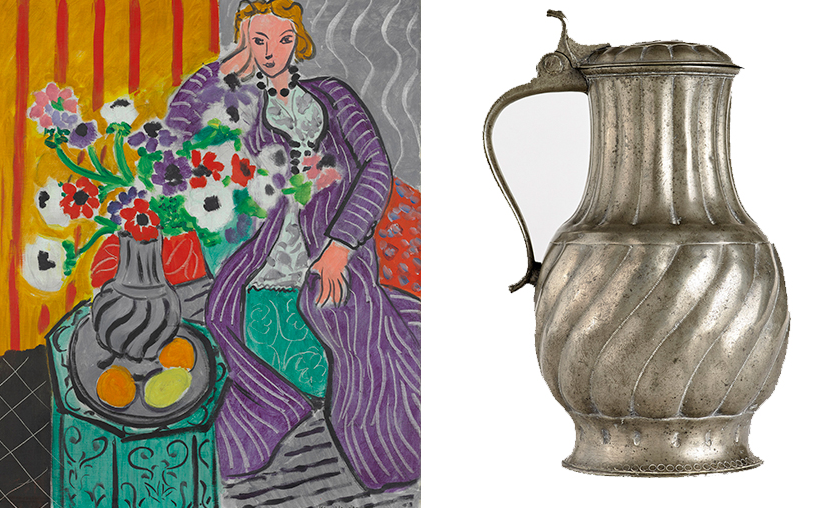‘It’s a Doctor. Fetch a Baby.’ Coming to Terms with Stage Fright at Work
The actor Rex Harrison is best remembered as the irascible phonetics professor Henry Higgins in ‘My Fair Lady.’ With his distinctive ‘talking on pitch’ style, he performed the role on stage many times, beginning with the musical’s 1957 Broadway debut. He also starred as Higgins in the splendid 1964 movie of the same work.
‘He is the best light comedy actor in the world – except for me.’
Noel Coward
In a distinguished career, Harrison consistently came across as a confident, suave, sophisticated fellow. In fact he was a lifelong sufferer from stage fright.
Born in Huyton, Merseyside, Harrison left formal education at 16 to become an actor, and, eschewing stage-school, joined the Liverpool Repertory Company. In his first speaking role he played a nervous young father. But he was overcome with real, not just feigned, anxiety. At the given moment, he stepped to the front of the stage and announced: 'It’s a doctor. Fetch a baby.’
We had a tradition at BBH of asking the new graduate trainees to work together on a practice pitch soon after joining. It gave them an early understanding of research, teamwork, building an argument and so forth. The exercise would culminate in a presentation to the senior Agency partners.
One year the trainees had been asked to develop a pitch for a mainstream tea brand struggling to define its identity in the age of coffee. The team presented an insightful, well-structured argument recommending a creative area that was jaunty, populist and amusing. The senior panel was broadly impressed and began with some soft questions, which the trainees dealt with adequately. And then Sir John Hegarty looked up. He seemed determined to be a little more challenging.
‘I’m sure this idea of yours is witty and entertaining and so forth. But tell me this: how will it actually sell one more packet of our Clients’ tea?’
The graduate team exchanged nervous glances. They didn’t want to cock up their response to the esteemed founder’s question. At length the rather patrician Trainee Planner glanced across at his colleagues, raised his hand, and said: ‘I’ll take this.’ The other novices breathed a collective sigh of relief and sank back into their seats. All eyes settled on the Trainee Planner, who got to his feet and, after a lengthy pause, declared: ‘No… No…It’s gone.’
We all recognize the experience, I’m sure: that blushing, trembling, dizzying sensation; the dry mouth, cold hands and hot sweat. Thoughts muddled, words lost, heart pumping, legs shaking, voice stuttering. You’re in a state of mental paralysis. You’re dazed and confused. You’ve got stage fright.
What to do?
The first thing to say is that a certain amount of ‘performance anxiety’ is a good thing. It keeps you fresh, engaged, alert. It guards against complacency. I had a butterfly in my stomach on the big occasions for the full length of my career. And it was a welcome companion. As Harrison himself observed:
‘I suppose if you don’t have stage fright, you go on like a flat pancake.’
Secondly, I think you can manage stage fright by acquiring rituals that you repeat at every critical presentation. I would ruffle my papers as I stood up to speak. I’d start quietly, nervously, with the opening formalities, just to get my voice in. I began every argument with ‘nodding charts’: making points with which no one could disagree. And then I was up and running.
Finally, it’s important to recognise that performance anxiety can take many forms. Although I was a relatively confident speaker in front of groups of people, however large, I suffered a kind of stage fright with individuals. I quite often got names wrong and stumbled over introductory pleasantries. I would occasionally lean in to kiss male Clients. And I always found it easier talking about work than ski holidays with the family. I have been known to walk into an industry function, wander round a bit, and then walk right out without talking to anyone.
So don’t assume that your stage fright is necessarily negative or unique to you. It is a common condition. The trick is to turn those nerves to your advantage. And 'with a little bit of luck' you'll perform brilliantly.
'The Lord above gave man an arm of iron,
So he could do his job and never shirk.
The Lord above gave man an arm of iron,
But, with a little bit of luck, with a little bit of luck,
Someone else will do the blinkin' work.'
‘With a Little Bit of Luck,' Alan Lerner and Frederick Loewe
No. 147
















